Finances
What Is A Dividend Tax Rate?
Read this article and understand what dividend tax rate is and how it affects your investments.
Advertisement
How does it affect different types of dividend? Read on and find out what you will owe
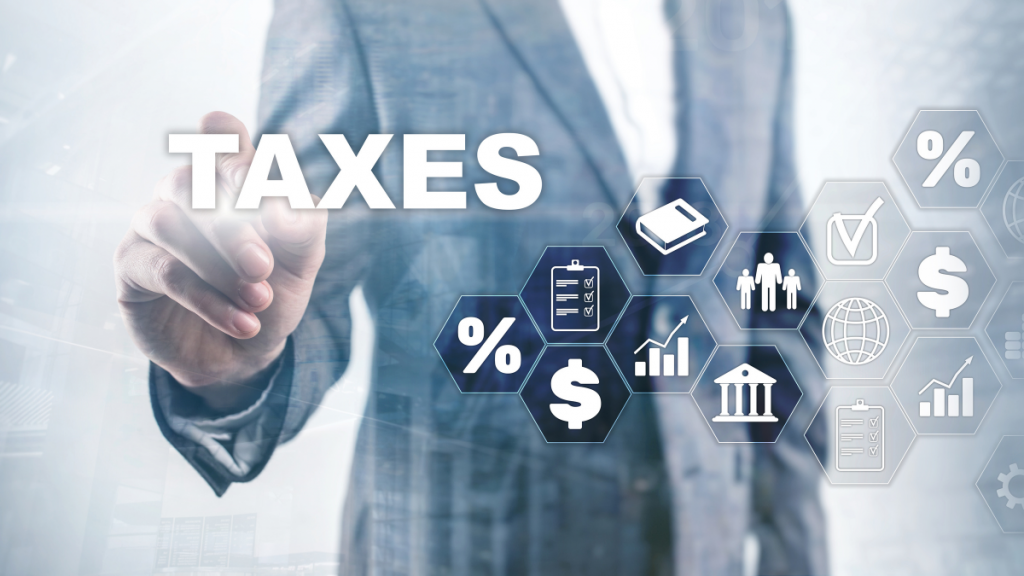
Dividends are taxable income, and the tax rate on dividends can vary based on several factors. Such factors include taxable income, type of dividend, and the account that holds the investment.
The amount of tax owed on dividends is not constant, and can change based on these factors. Understanding the dividend tax rate is crucial for investors, as it can greatly impact their overall investment returns.
In this text, we will explore the basics of dividend tax rate and its various components, such as taxable income and type of dividend.
We will also delve into the various scenarios and exceptions, which can affect the dividend tax rate.
With this information, investors can make informed decisions and plan their investments accordingly.
Read on and learn what you need to know about dividend tax rates.

What are the most profitable businesses in 2023?
Are you looking to start your business and are wondering which industries will be the most profitable this year?
What is the dividend tax rate?
Dividend tax rate is the percentage of your dividends that you will have to pay in taxes. You pay 0%, 15%, or 20% tax on qualified dividends, based on your taxable income and filing status.
Nonqualified dividends face the same tax as your regular income tax bracket. Higher taxable income means higher dividend tax rates for both types of dividends.
Qualified dividends are taxed differently from nonqualified dividends. The tax rate for qualified dividends depends on your taxable income and filing status and can range from 0% to 20%.
Nonqualified dividends, on the other hand, are taxed at the same rate as your regular income tax bracket, which ranges from 10% to 37%.
It’s important to note that the higher your taxable income, the higher the tax rate you will pay on both qualified and nonqualified dividends.
Additionally, qualified dividends are subject to certain criteria, such as being paid by a US corporation or certain foreign companies, to qualify for the lower tax rate.
You will be redirected to another website
By submitting this form, I agree that I am 18+ years old and I agree to the Privacy Policy and Terms and Conditions. I also provide my signature giving express consent to receive marketing communications via automated emails, SMS or MMS text messages and other forms of communication regarding financial products such as credit card and loans. Message frequency varies and represents our good faith effort to reach you regarding your inquiry. Message and data rates may apply. Text HELP for help or text STOP to cancel. I understand that my consent to receive communications is not a condition of purchase and I may revoke my consent at any time.
whats the difference between qualified and nonqualified dividends?

For tax purposes, dividends fall into two categories: qualified and non-qualified dividends. Qualified dividends come with a tax advantage in the form of a lower tax rate.
We consider a dividend as “qualified” if it meets the following three conditions:
- A U.S. corporation or a foreign entity that meets the IRS’s qualifications pays the dividend.
- The IRS classifies it as a dividend. This means that some forms of income, such as premium kickbacks from insurance companies or annual distributions from credit unions, do not qualify. Dividends are not the same as capital gains.
- You own it for a sufficient length of time. Typically, you must have owned the security for at least 61 days out of the 121-day period starting 60 days before the ex-dividend date. This means that if the ex-dividend date was July 20, and the company paid the dividend on September 1, you must have owned the shares from May 21 to September 19.
If the dividend does not meet those conditions, we consider it non-qualified, and the investor will be subject to a higher tax rate.
There are many exceptions and special rules, so we recommend you consult IRS Publication 550 for more details.
Are there exceptions?
Dividends are taxable income in most cases, but there are certain exceptions to this rule. The IRS taxes dividend income. However, the tax rate depends on several circumstances.
Such circumstances can be the type of account that holds the investment, taxable income, and the type of dividend.
1. Type of Account
For instance, let’s say you hold stocks that pay dividends in a retirement account. It can be a Roth IRA, traditional IRA, or 401(k). In that case you do not need to pay taxes on your dividends.
This is because most income or realized capital gains you earn in these types of accounts are tax-deferred or tax-free.
2. Taxable Income
Moreover, let’s say you are a taxpayer whose taxable income falls into the three lowest U.S. federal income tax brackets. Again, you will not need to pay taxes on your dividends.
If you are a single filer, if your taxable income was $41,675 or less in 2022, you do not have to pay taxes on the dividends you have earned.
Alternatively, if you are filing as a married couple with an $83,350 taxable income or less, there is no income tax on dividends. The numbers increase to $44,625 and $89,250, respectively, for 2023.
3. Type of Dividend
Some events that pay dividend-like income are not taxable. A return of capital is the most common event that falls under this category.
In this case, the company sends money much like a dividend but we consider this money return of some of the invested capital.
While this type of dividend is not taxable at present, it could increase future taxes. This is due to the fact that the capital gain on the stock rises by the amount of the received dividend.
For example, say an investor pays $20 for a single share and the company sends a $0.50 dividend payment classified as a return of capital. Then the cost basis decreases to $19.50.
If the investor sells the share in the future for a profit, the extra $0.50 is subject to capital gains taxes.
How do I know if I owe tax on stock dividends?

Whether you owe taxes on your stock dividends depends on three factors. First, the type of investment account holding your stocks affects your tax obligation.
If you hold stocks in a taxable brokerage account, you may owe tax on the dividends you have earned. However, there are exceptions.
One of them is if you hold stocks in a retirement account like a Roth IRA or 401(k). Another one if you hold stocks in a college savings plan. A few examples are a 529 plan or Coverdell ESA, you may not owe taxes on the dividends.
Still, certain pass-through entities, like master limited partnerships, can result in tax obligations even for retirement accounts.
The second factor that determines if you owe tax on dividends is the type of dividend itself.
Qualified dividends are eligible for a lower tax rate, while ordinary or nonqualified dividends get taxed at the investor’s ordinary income tax rate. Nontaxable distributions, like a return of capital, aren’t taxable.
The final factor is your taxable income. Your tax bracket affects the tax rate applied to the dividends you earn, whether qualified or ordinary.
If your taxable earnings fall within one of the three lowest federal income tax brackets and you receive qualified dividends, you won’t pay tax on dividends.
Let’s say you earn the dividends in a tax-deferred account, such as those described above. Even if your tax bracket is not one of the three lowest, you won’t pay taxes on the dividends.
Lastly, if the dividends are a nontaxable dividend, such as a return of capital, you won’t pay tax on them.
And while we’re talking about investments, read the next content to learn about investment fees.
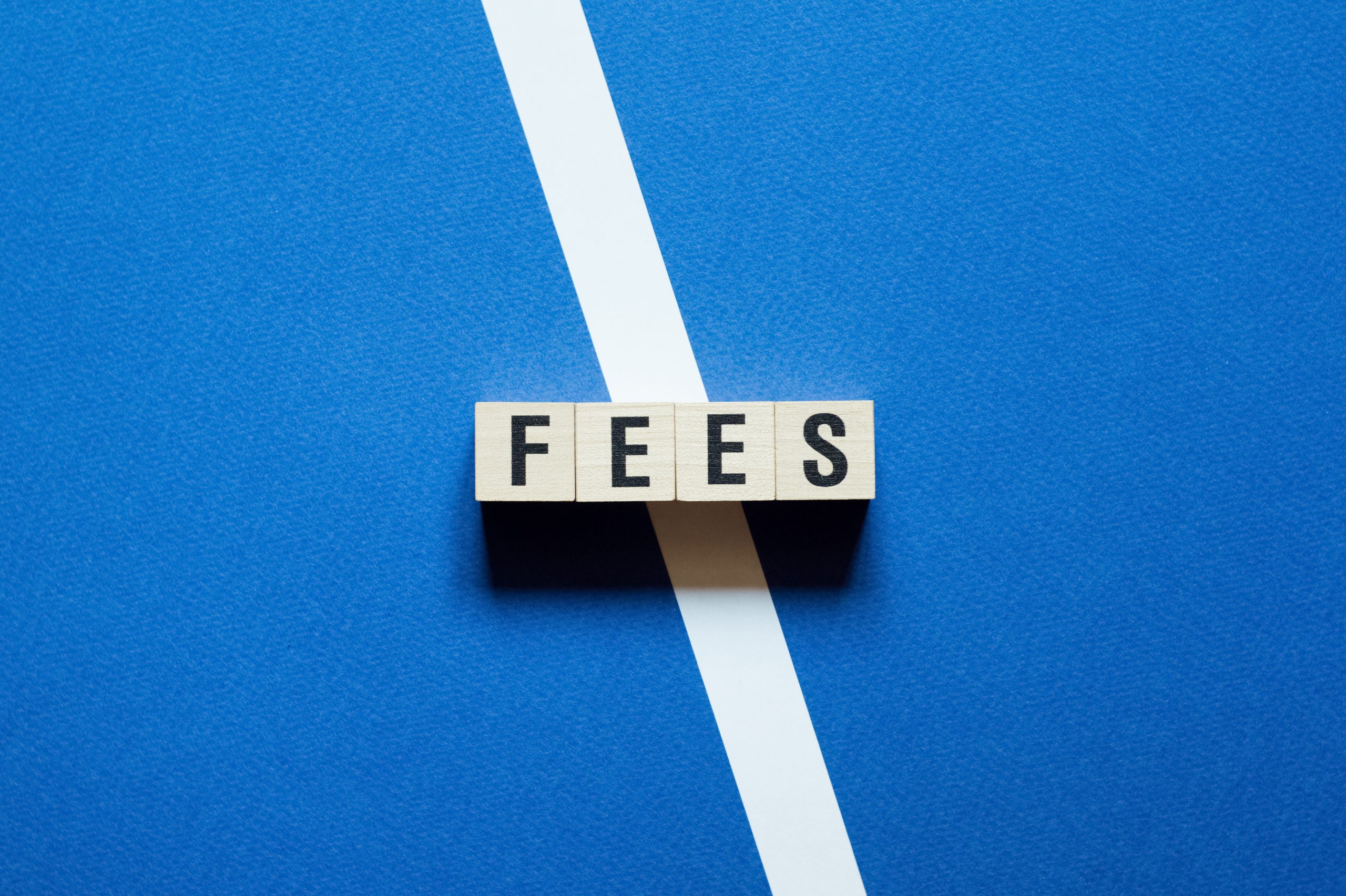
What are typical investment fees?
Fees are an important part of investing. In this article we are going to tell you some things you must know about the subject.
About the author / Danilo Pereira
Trending Topics
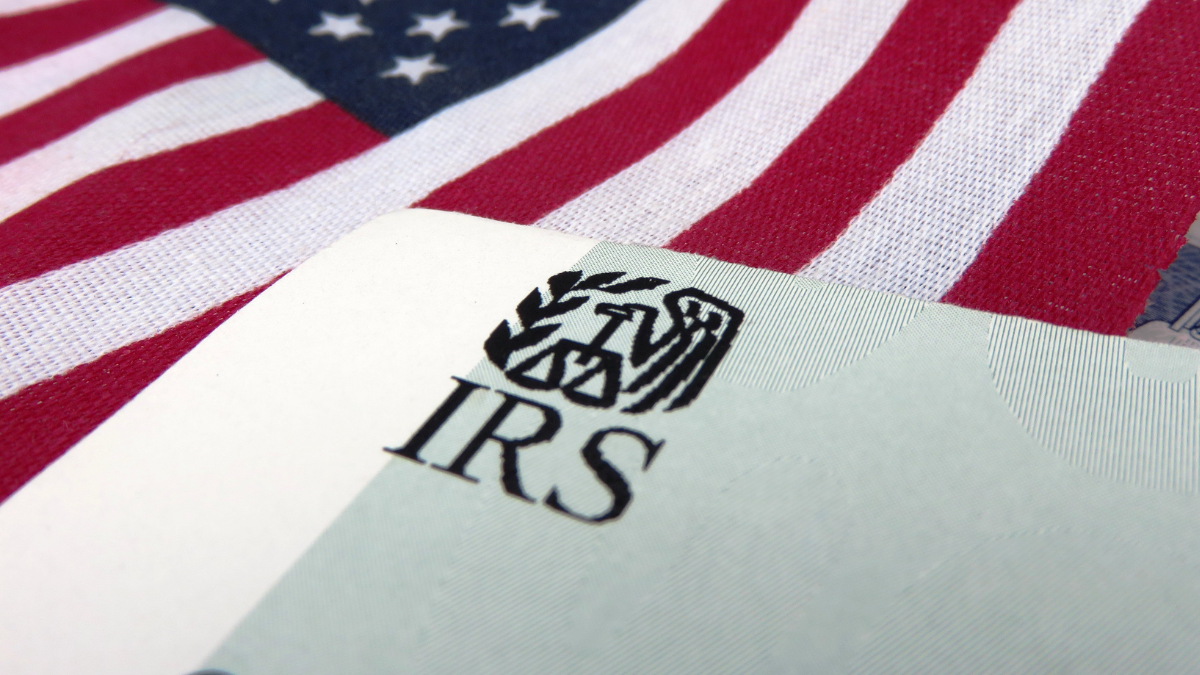
Tax mistakes that could get you audited by the IRS
Avoid making these common tax mistakes that could get you audited by the IRS. Read on to learn more about what to watch out for!
Keep Reading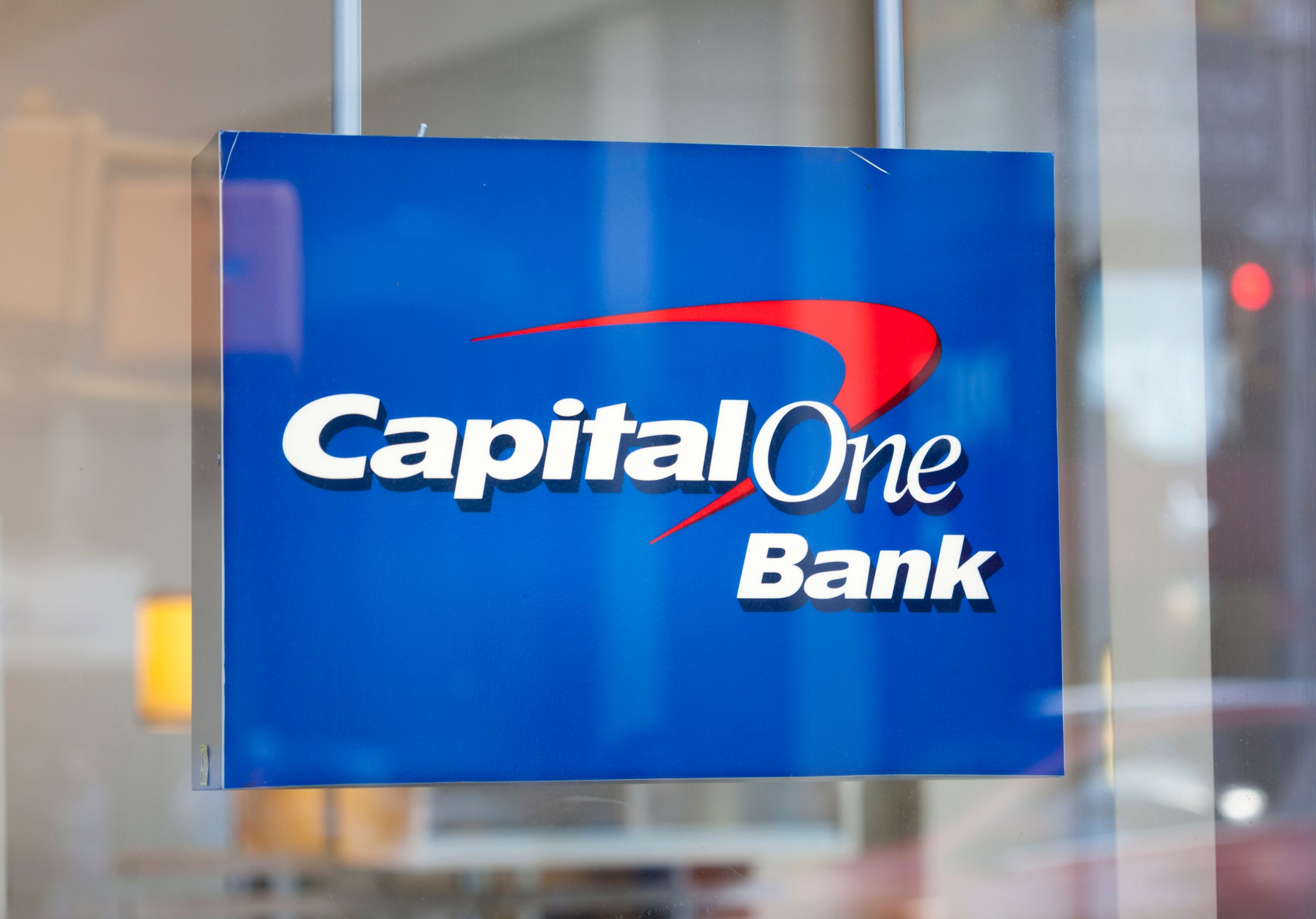
Capital One Bank review
This Capital One Bank review will show you how this bank works and highlight some pros and cons of using its services.
Keep Reading
Destiny Mastercard® Credit Card review
Read this review to learn about the advantages and disadvantages of getting the Destiny Mastercard® Credit Card to improve your credit score.
Keep ReadingYou may also like
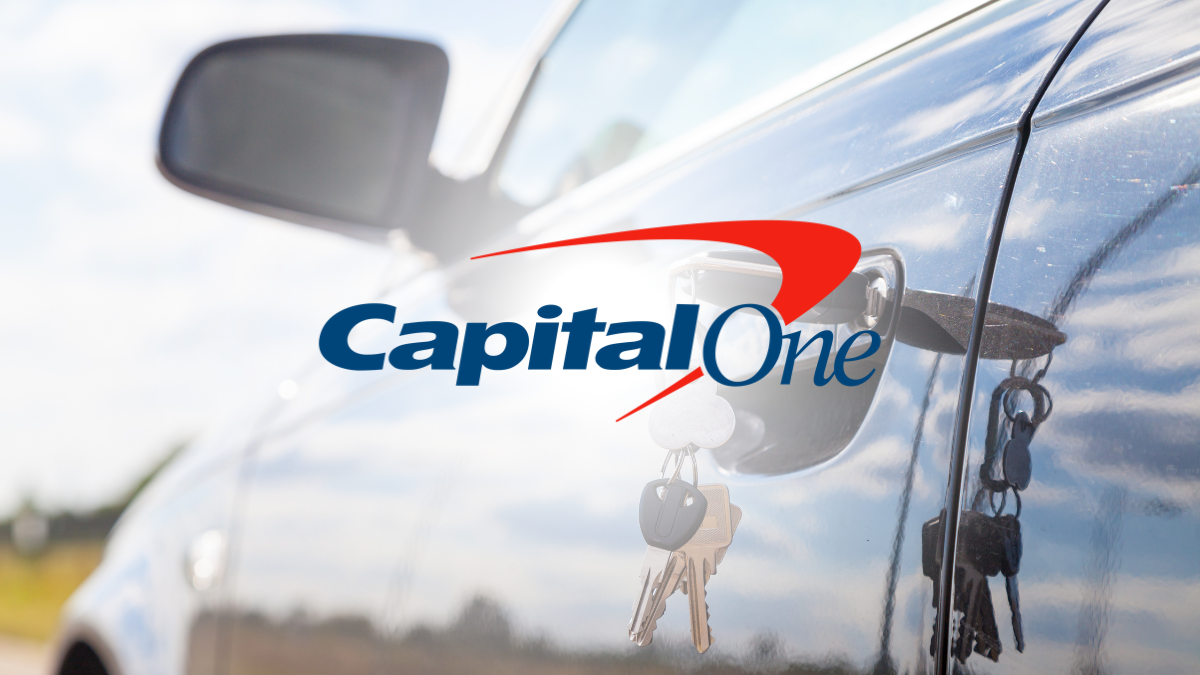
Rev Up Your Car Buying Experience: Capital One Auto Financing review!
Buckle up for our Capital One Auto Financing review! We'll show you how this trusted lender can simplify your journey to the perfect car!
Keep Reading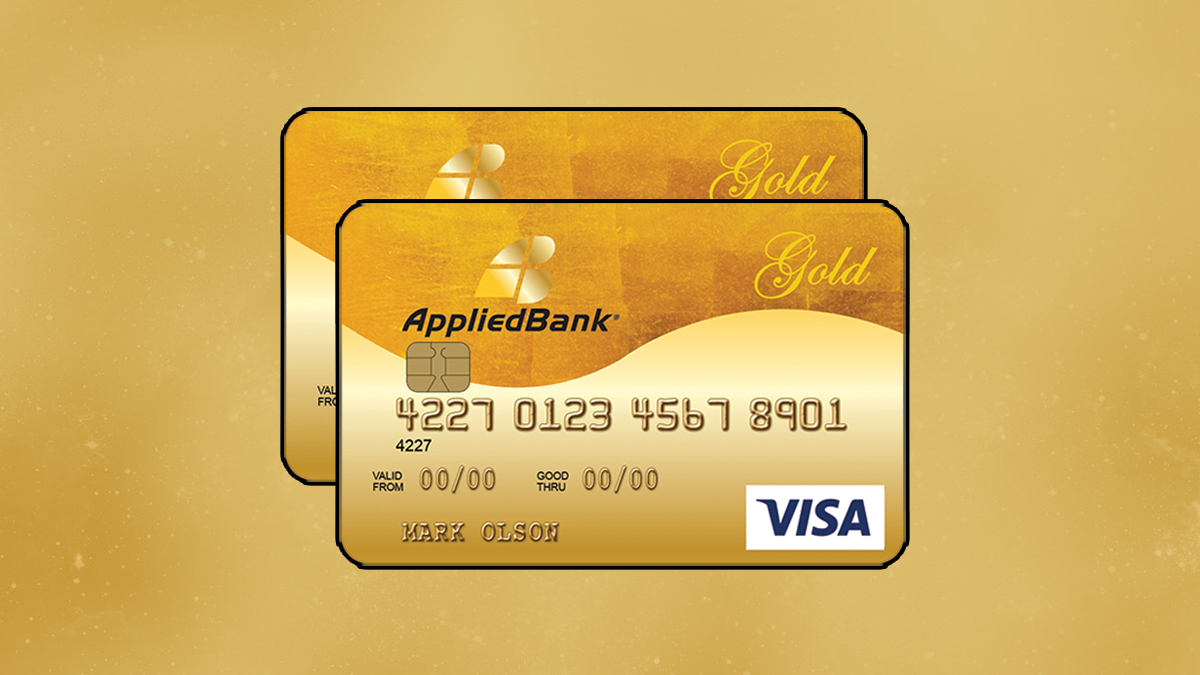
Applied Bank® Secured Visa® Gold Preferred® Credit Card review
Check our Applied Bank® Secured Visa® Gold Preferred® Credit Card review and learn how to build a solid financial future!
Keep Reading
What Happens When You Miss a Credit Card Payment?
Find out what happens when you miss a card payment, and learn how to handle credit in a more intelligent way after reading this article.
Keep Reading